It is acceptable to consider UT (Universal Time) and UTC (Coordinated Universal Time) interchangeably for calculating the Line of Position in celestial navigation.
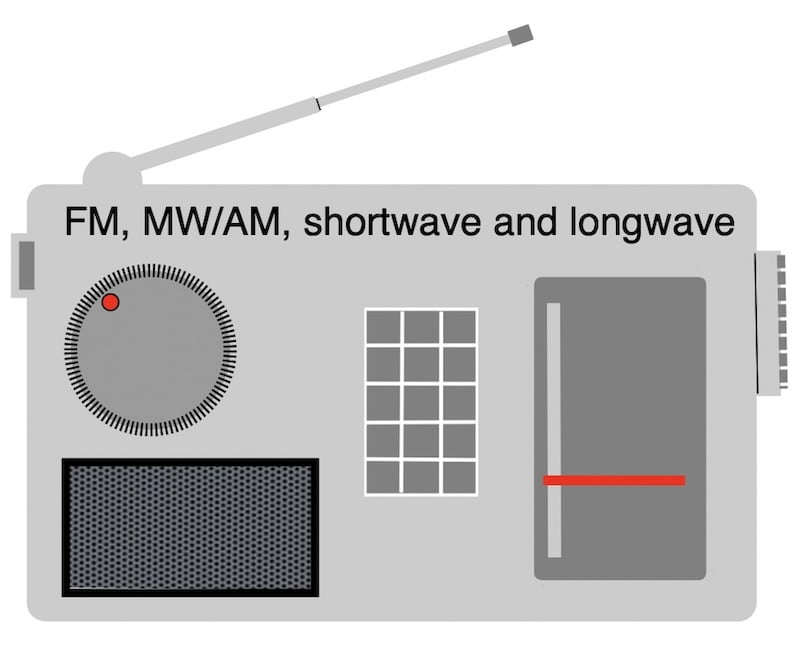

UT time and UTC time are two different time standards, but they are very closely related. UT time, or Universal Time, is based on the Earth’s rotation, while UTC time, or Coordinated Universal Time, is based on atomic clocks.
The Earth’s rotation is not perfectly regular, so UT time can vary slightly from UTC time. Consequently, UTC is more precise.
The difference between UT time and UTC time cannot exceed 0.9 seconds
In summary, while many nautical almanacs are based on UT (UT1 officially) it is common practice to use UTC for celestial navigation calculations with only a minor difference between UTC and UT.
The expression GMT (Greenwich Mean Time) has become obsolete in the context of the measurement of universal time, and it has been widely replaced by TU time.

The nautical almanac operates on UT time (universal time) !
Firstly, the nautical almanac gives the position of the celestials bodies for each day and each whole hour.
We consider the exact UT time to be crucial as a 10-second error would lead to a 2.5 Nautical Miles intercept error.
Remember that whenever referring to the nautical almanac it is imperative that the correct date be used.

UT time and celestial navigation: Local time and universal time
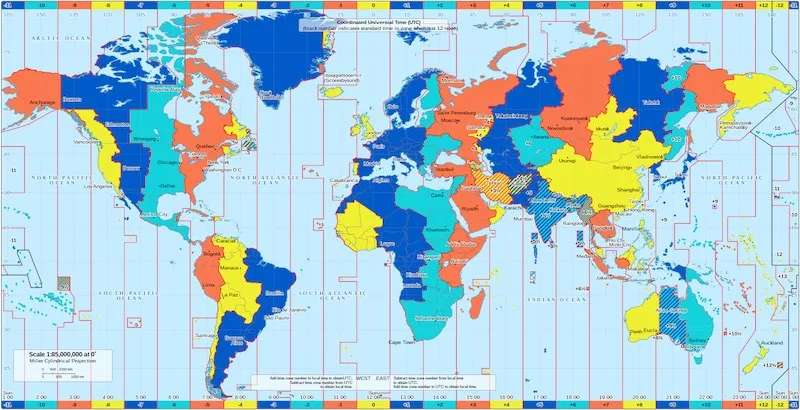
Time zones work by dividing the Earth into segments based on longitudinal lines. The primary reference point for time zones is the Prime Meridian, which runs through Greenwich, England.
The Earth is divided into 24 time zones, each approximately 15 degrees of longitude wide, with the International Date Line generally following the 180th meridian.
Each time zone is typically one hour ahead or behind its neighboring zones. When you travel eastward across time zones, you gain time, and when you travel westward, you lose time.
My teacher told us that the farther east you go, the later it is
Why time zones?
The reason for time zones is to maintain a consistent time standard within each zone, making it easier for people to coordinate activities across vast distances.
It also helps to maintain consistent timekeeping with the rotation of the Earth, ensuring that daylight and darkness roughly correspond with local time in different regions, as well as facilitating daily life aboard your vessel.
Boundaries: Time zone boundaries do not strictly follow longitudinal lines and may be adjusted to accommodate political, geographical, or cultural considerations, as well as daylight saving time.
Consequently, irregularities can arise, such as different regions within a country being in different time zones.
However, the primary requirement on this site is that you must have a rough idea of the local time, with your watch set to UT time on board

Exemple 1:
Your watch set to UT time indicates 11h 14m 36s
The longitude is 65° W
calculate local time on board?
LT = UT ⎼ (time zone number) = 11h 14m 36s ⎼(+4) =07h 14m 36s
Exemple 2
Your watch set to UT time indicates 11h 14m 36s
The longitude is 65° E
calculate local time on board?
LT = UT ⎼ (time zone number) = 11h 14m 36s ⎼ (⎼4) = 15h 14m 36s

UT time and celestial navigation: Ways to obtain precise Universal Time (UT) on board.
A radio-controlled watch

Atomic or Radio Controlled clocks and watches achieve accurate time because they are controlled by radio transmitters which themselves receive their time signals from Caesium Atomic clocks.
WWV radio station
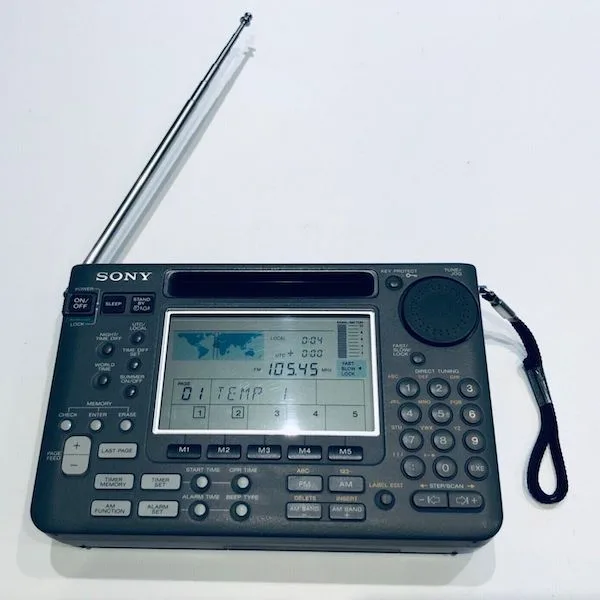
The UTC time (universal time coordinated) is broadcasted by the top timetables.
In everyday language, people can call it UT.
The National Institute of Standards and Technology (NIST) operates the radio station WWV in the United States.
The frequency standard broadcasts Coordinated Universal Time (UTC) as its main function, and various purposes such as scientific research and navigation use it as a time reference.
The station broadcasts the time continuously on five frequencies, 2.5 MHz, 5 MHz, 10 MHz, 15 MHz, and 20 MHz.
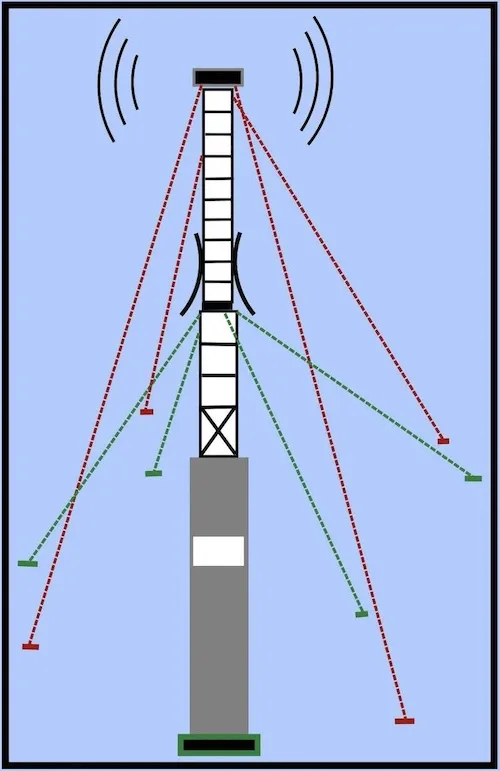
or
Canada: call sign CHU
Frequencies: 3.33MHz 7,335MHz 14.670MHz
By telephone

Moreover, you can access WWV by calling the number +1 (303) 499-7111, using a satellite phone may be a good option.
The United States Naval Observatory operates an equivalent time service. This number is: +1 (202) 762-1401 (Washington, D.C.).
Definitely keep in mind that the phone calls limit to 2 minutes and the signal encounters an average delay of 30 milliseconds.

UT time and celestial navigation
Quality watch
Nevertheless, for better accuracy, you may want to consider purchasing a quality watch.
In fact, you can obtain a highly accurate watch certified by the Swiss Official Chronometer Testing Institute (COSC), but of course there are other options in many different countries. So, you can choose the perfect watch for your needs and budget.
UT time and celestial navigation: Watch time correction
keeping a diary
Overall, we recommend keeping a diary to track the evolution of your error over time.
Anyway, it’s crucial to do this before a crossing.
“world’s most accurate.”
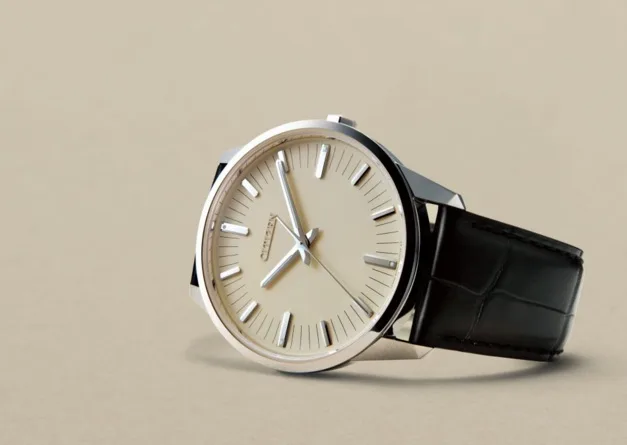
Caliber 0100″: A sleek design for one-second accuracy per year

